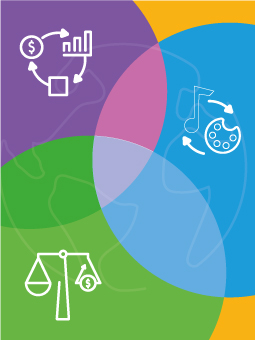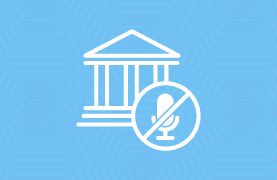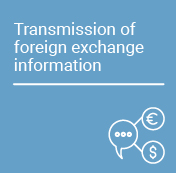A recent research paper by Carlos Medina and Christian Posso, senior economists at Banco de la República (the Central Bank of Colombia), studies the long-term effects of the Familias en Acción program (FeA, Families in Action), Colombia's conditional cash transfer program. This type of program has been popular since the 1990s in developing countries as an economic policy instrument to mitigate the effects of poverty and induce households to make decisions that will improve their future opportunities.
The FeA program was first implemented in 2002. At that time, the program targeted households living in rural areas. In 2007, it was expanded and began to cover the poorest households living in urban areas based on their Sisben (a life-quality index) score, households that were victims of forced displacement, and the indigenous population, making approximately 20% of the Colombian population eligible.
The urban expansion of the program that occurred in Medellín included two subsidies. The first sought to cover their health and nutritional needs and transferred COP 50,000 per month per child under six years of age to the household in 2009. The second subsidy sought to promote school attendance and transferred between COP 15,000 and COP 40,000 per month per child between the ages of 7 and 17 in 2009. The subsidies were transferred to the mother of the children, subject to her submitting weight and height measurements for children under seven years of age and a report of school attendance to at least 80% of classes for children aged seven and older.
The analysis uses administrative data from Medellín to assess the long-term effects of the FeA program expansion after 2007. We evaluate the effect of the expansion on crime through 2015, adolescent fertility through 2016, and access to lower/upper secondary education through 2017 and post-secondary education through 2016. To estimate the effect of the FeA program on these variables, we take advantage of how the program is targeted, based on the Sisben score, so that only those households with a score below a well-defined cutoff are eligible. The estimation method is based on the comparison of households on both sides of that cutoff to estimate the program’s effect in a reliable and robust manner.
Table 1 presents, in the first row, the estimated effects of the program on households just because they are eligible, by simply comparing households immediately below the eligibility cutoff with households immediately above the cutoff. The first column shows that being eligible for the program reduces the arrest rate by 2.7 percentage points (pp) compared to a rate of 6.2% in the unselected population. For females, the program generates a 2.3 pp reduction in adolescent fertility (second column), relative to a rate of 8.5%. Finally, the high school dropout rate decreases by 5.8 pp for both males and females (columns 3 and 4), and for males, post-secondary enrollment increases by 1.7 pp (column 5), with no effect for females (column 6).
Table 1. Impact of the Familias en Acción (Families in Action) program on crime, adolescent fertility, high school dropouts, and access to post-secondary education.
| Crime | Adolescent fertility | High school dropout | Access to post-secondary education | |||
|---|---|---|---|---|---|---|
| Intention to undergo treatment | (Males) (1) | (Females) (2) | (Males) (3) | (Females) (4) | (Males) (5) | (Females) (6) |
| Coefficient | -0,027** | -0,023** | -0,058*** | -0,058** | -0,017* | -0,000 |
| RW p-value | [0,026] | [0,028] | [0,009] | [0,011] | [0,085] | [0,996] |
| Number of observations | 82.647 | 80.600 | 82.647 | 80.600 | 82.647 | 80.600 |
| Mean of controls | 0,062 | 0,085 | 0,616 | 0,504 | 0,119 | 0,146 |
Notas: *** Significant at 1 percent. ** Significant at 5 percent. * Significant at 10 percent. Asterisks are associated with Romano & Wolf’s (2005, 2016) p-values and consider the joint test of the six hypotheses. The number of observations reported in the table corresponds to the sample size.
In summary, although many programs that are part of the social protection systems of developing countries are designed to reduce poverty with short-term objectives, as is the case of conditional transfer programs, this evaluation shows evidence that their results go beyond enabling the poorest households to better cope with adverse circumstances. In particular, it shows that it also encourages the accumulation of human capital by its members and reduces risky performances that lead them to become involved in criminal activities or fall into teenage pregnancies.


































































